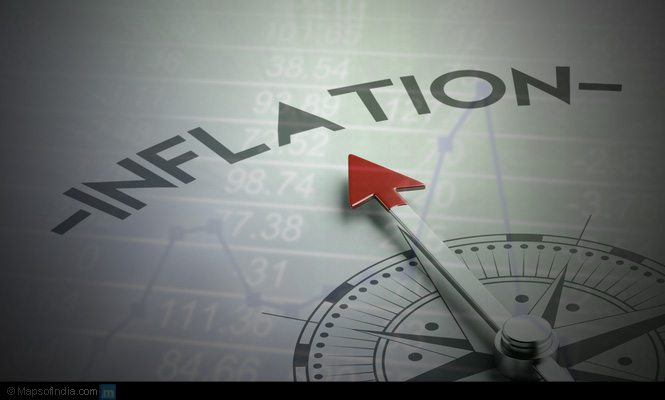
Inflation refers to the sustained rise in general level of prices of various goods and services. As inflation increases, every dollar you own loses some value and consequently buys a smaller percentage of goods or services. It’s measured as a percentage increase on an annual basis.
The value of the dollars, which is observed in terms of its purchasing power, keeps on fluctuating when there’s inflation. The purchasing power of the dollar is the real goods or services that it can buy.
VARIATIONS ON INFLATION
– Hyperinflation-This is when there’s unusually rapid inflation. If it goes to extreme cases, it can lead to a breakdown of a state monetary system. A notable example of hyperinflation happened in Germany in 1923 when prices shot by 2,500% in a span of a month.
– Deflation-this is the direct opposite of inflation as it is when the general level of prices is falling.
– Stagflation-This is the combination of economic stagnation and high unemployment.
CAUSES OF INFLATION
There is no cause if inflation that is universally agreed upon, but the causes raised by economists can be summed up to at least two theories that are universally accepted;
– Cost-push inflation. This occurs when costs go up, which cause prices to rise to compensate for the increased cost. Cost can be increased by the rise in taxes, wages, or cost of imports or inputs.
– Demand-pull inflation. Economists claim that when too much money chases few goods, then there is a tendency for prices to rise. This occurs when demand is growing faster than supply. This normally occurs in the growing economies.
THE EFFECT OF INFLATION ON PEOPLE AND ECONOMY
The majority perceives inflation as evil, but it doesn’t always result in negative effects. Inflation has different effects on different people. It depends on whether people expected it or not. If inflation occurs when the majority are anticipating it, then they can compensate and gain from it.
However, if it’s unanticipated, then creditors lose and debtors gain as borrowers benefit more. The dollar also loses its purchasing power, and this affects those who have fixed income.
In conclusion, inflation shows that an economy is growing. And the lack of inflation can be an indicator that the economy is stagnating or weakening. Therefore, inflation may either be good or bad, depending on the personal situations of people as well as the overall economy.
